Introduction
As businesses navigate today’s dynamic economic landscape, they face a multitude of challenges, from fluctuating market conditions to evolving consumer behaviours and technological disruptions. One of the most powerful tools in a business’s arsenal is effective financial forecasting. By leveraging accurate forecasts, organizations can anticipate changes, seize opportunities, and mitigate risks, ultimately steering themselves toward sustainable growth and long-term success.
The Importance of Financial Forecasting
Financial forecasting is the process of estimating future financial outcomes by analysing historical data, current market trends, and anticipated changes in business operations. It is a cornerstone of strategic planning, enabling organizations to set realistic goals, allocate resources wisely, and prepare for both opportunities and uncertainties. Accurate forecasts not only help businesses plan their budgets but also empower them to make informed decisions about expansion, staffing, capital investments, and risk management.
Key Benefits of Financial Forecasting
- Informed Decision Making:
Reliable forecasts provide executives and managers with the data needed to make strategic decisions. Whether considering new product launches, market expansion, or capital investments, sound forecasting ensures that decisions are grounded in data rather than guesswork. - Resource Allocation:
By anticipating periods of growth or decline, businesses can allocate resources such as personnel, inventory, and capital more efficiently. This proactive approach minimizes waste, reduces costs, and maximizes productivity. - Improved Cash Flow Management:
Accurate financial forecasts help businesses ensure they have sufficient cash flow to meet obligations, invest in growth, and weather downturns. This reduces the risk of cash shortages and supports smoother day-to-day operations. - Risk Mitigation:
Forecasting allows organizations to identify potential risks early and develop contingency plans. By modeling different scenarios, businesses can prepare for market volatility, supply chain disruptions, or shifts in consumer demand.
Effective Strategies for Financial Forecasting
1. Utilize Historical Data:
Begin by thoroughly analysing your business’s financial history. Historical data reveals patterns, such as seasonal fluctuations and customer purchasing behaviours, which serve as a foundation for future projections. The more comprehensive your data, the more accurate your forecasts will be.
2. Incorporate Market Research:
Stay informed about industry trends, competitor activities, and changing consumer preferences. Market research provides valuable context that can fine-tune your forecasts, helping you anticipate shifts in demand and adjust your strategies accordingly.
3. Apply Different Forecasting Models:
Leverage a mix of forecasting models to address various aspects of your financial landscape. Qualitative models draw on expert opinions and market insights, while quantitative models use statistical techniques and time-series analysis. Combining these approaches can yield more robust and reliable forecasts.
4. Engage Stakeholder Input:
Collaborate with key stakeholders across departments such as sales, marketing, operations, and finance to gather diverse perspectives. Their insights can highlight factors that may not be evident in the data alone, enriching your forecasts and making them more comprehensive.
5. Regularly Review and Adjust:
Financial forecasting is an ongoing process. Regularly compare your forecasts to actual performance, identify variances, and adjust your models as needed. This continuous feedback loop enhances forecast accuracy and ensures your business remains agile in a changing environment.
Case Study: Financial Forecasting in Action
A retail company recently overhauled its forecasting process by integrating historical sales data with projected market growth and consumer trends. By aligning its inventory management with predicted sales fluctuations, the company reduced inventory holding costs by 20% and increased sales by 15% year-over-year. This case demonstrates how effective forecasting can directly impact profitability, operational efficiency, and competitive advantage.
Conclusion: Harnessing the Power of Forecasting
Mastering financial forecasting is essential for any business aiming to thrive in today’s competitive environment. By implementing the strategies outlined above, organizations can refine their forecasting processes, leading to smarter decision-making, efficient resource management, and enhanced growth potential. Investing in robust forecasting capabilities is an investment in your business’s future.
Ready to take your financial planning to the next level? Partner with us for expert financial advisory services tailored to your unique business needs. Let’s build a roadmap to your success together.


